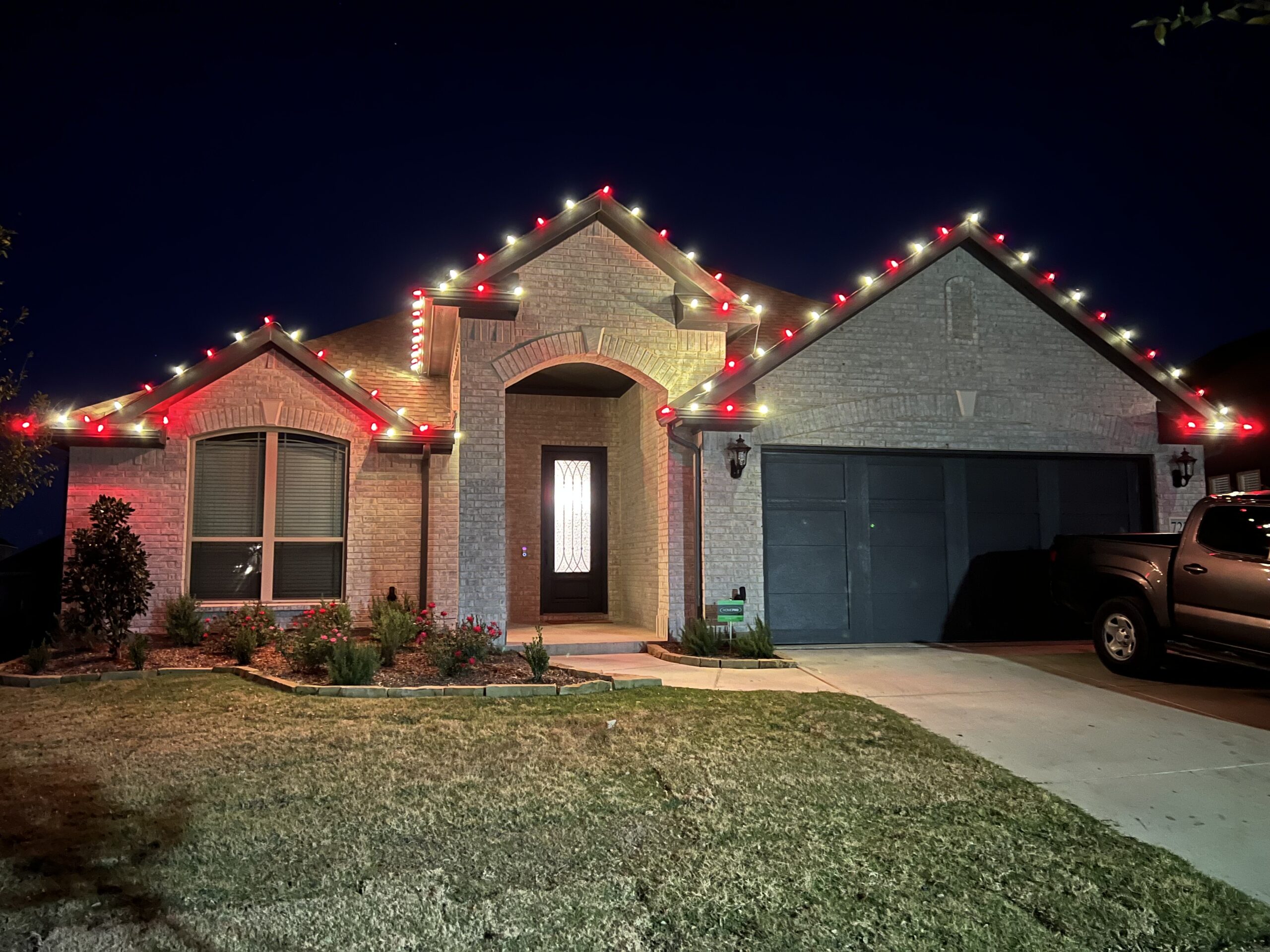Celebrate the season with stunning, worry-free holiday lighting from Handyman Connection of McKinney and Frisco! Our team offers professional Christmas light installation that’s wholly HOA-friendly and customized for your home. Each strand is precisely measured to fit perfectly along your eaves, dormers, and gables, creating a clean, beautiful, and balanced look that will shine all season long.
We provide custom-length light installations that can be reused year after year, helping you save time and money while keeping your home festive and bright. Choose from single-color or mixed-color strings, available in:
Our expert installers ensure every detail is just right—from layout to secure mounting—so your display looks elegant and lasts throughout the holidays.
📞 Call 972-640-9461 today to schedule your Christmas light installation with Handyman Connection of McKinney and Frisco!



Handyman Connection of McKinney and Frisco provides a wide variety of services, including carpentry, plumbing, electrical work, painting, remodeling, and general maintenance. From small repairs to larger home projects, our team delivers dependable craftsmanship and professional service across the McKinney and Frisco area.
Homeowners choose us for our professionalism, reliability, and high-quality workmanship. Each project is completed by skilled craftsmen who respect your home, your time, and your budget. Our team communicates clearly and delivers results you can trust — because your home deserves the very best.
Yes! In addition to McKinney and Frisco, we proudly serve surrounding communities in the North Texas area. Our team understands local homes and provides reliable, professional service wherever you need us. No matter where you live, Handyman Connection is your trusted partner for home repair and improvement.
We are looking for experienced handyman professionals to join our local team today!
We are the original- and leading- home improvement specialists in North America
Join Our TeamWe Believe In
Service Craftsmanship Trust Community Home
Learn MoreAnd being your lifetime connection for all your home improvement needs.
3900 S Stonebridge Dr STE 1002
McKinney, TX 75070

Handyman Connection of McKinney and Frisco is locally owned and operated by Mark and Amy Kay. Our goal is for Handyman Connection to provide customers with excellent workmanship and superior customer service. Each of our craftsmen has solid experience and all have gone through background checks. We enjoy helping our good neighbors and making the communities and homes we live in better places through home repair and improvement projects. We are passionate about taking your home improvement dreams and making them a reality.
For more information and to schedule an estimate fill out a form or call (972) 439-9694.
When it comes to ensuring your home's security and energy efficiency, a storm door is a smart investment, especially if...
Read More >Maintaining and cleaning different types of flooring is essential to prolonging their lifespan and keeping them looking pristine. At Handyman...
Read More >In recent years, there has been a significant comeback of wallpaper as a preferred option in home decor. Homeowners and...
Read More >